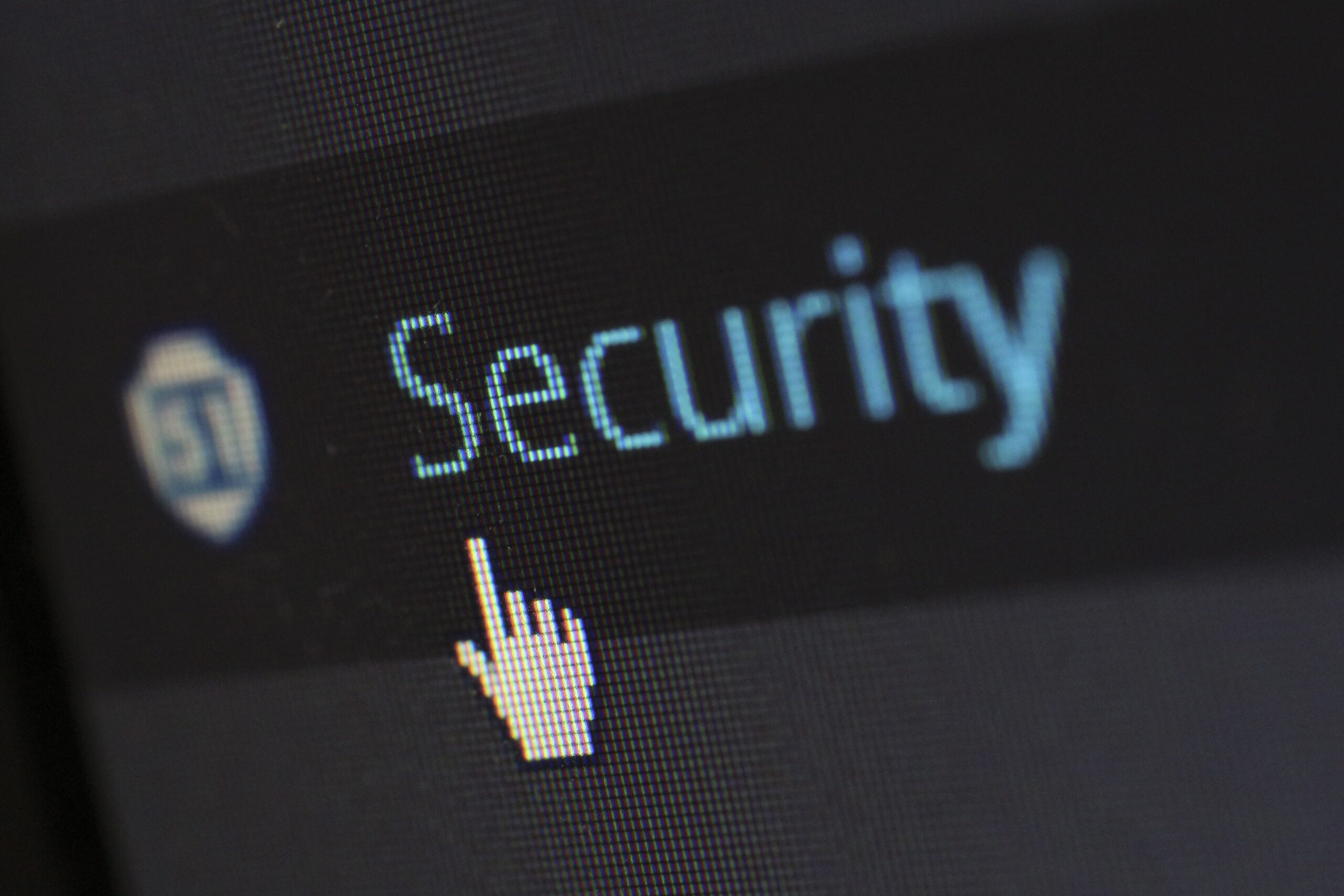
Key takeways
- Cybersecurity has become a huge cause for concern in the last few years. The number of cyberattacks that were already on the rise accelerated growth during the pandemic.
- Businesses across the globe are trying different strategies to protect their networks, systems, and devices from cyberattacks.
- RPA bots can automate the cyber threat search and complete each cycle of the cyber threat hunt in a matter of minutes.
- RPA bots are used with AI to detect unusual traffic or unusual privileged user account activity.
Cybersecurity has become a huge cause for concern in the last few years. The number of cyberattacks that were already on the rise accelerated growth during the pandemic.
The COVID-19 pandemic transformed the way in which businesses function. Digital transformation, which was considered an option by many organizations became a must during the pandemic. Businesses had employees working from multiple locations and technologies like the cloud streamlined the flow of information between different entities. The pandemic also brought forth an exponential increase in the number of social media users across the globe. In addition to these factors, technologies like IoT have become widely accepted. All these changes have created large volumes of data that are vulnerable to cyberattacks. Data reveals that in the first two months after the pandemic started the FBI reported a 300% increase in cybercrimes. (IMC Group) (Source: https://research.aimultiple.com/cyber-security-stats/)
Businesses across the globe are trying different strategies to protect their networks, systems, and devices from cyberattacks. The consequence of this is an increased demand for cybersecurity professionals. Unfortunately, there is a dearth of skilled cybersecurity experts across the globe. Due to all these reasons, businesses across the globe are looking at emerging technologies to secure their data from cyberattacks.
Emerging technologies like Robotic Process Automation(RPA), Artificial Intelligence(AI), and Machine Learning(ML) have made inroads in the cybersecurity domain.
Often the terms RPA and Ai are used interchangeably. However, they are quite different from each other. RPA automates rule-based processes that follow a particular sequence. On the other hand, AI is a smart technology that learns from the data and processes it handles. While RPA reduces errors and enhances the speed of repetitive processes in cybersecurity, AI helps in data analysis, detection of threats, and mitigation of risks. RPA bots automate repetitive processes and reduce human errors, exposure of sensitive data, and the cost of a data breach. Self-learning technologies like AI and ML have helped minimize cyberattacks with predictive analysis and pattern recognition.
Role of RPA in Cybersecurity:
1. Relieve Workforce for Critical Tasks
RPA bots automate several data-related tasks including looking up IP addresses, analyzing domains, querying accounts, fetching URLs, retrieving logs, etc. These tasks are performed with great accuracy eliminating human errors. Automation of these tasks also relieves human resources who can work on more critical tasks that require human intervention.
2. Minimize Vulnerability
Regular software updates are a critical aspect of cybersecurity. These updates minimize the vulnerability of the system by patching the security gaps in web applications. AI-enabled RPA bots search for the latest update online, download the file, and stimulate an update. RPA bots monitor the pop-ups that appear during the update and inform cybersecurity professionals to take the required action.
3. Reduce the Risk of Unauthorized Access
Automating different tasks using RPA bots helps prevent a breach of sensitive data. This is because bots provide access only to individuals with the required credentials to specific sources. This eliminates the risk of unauthorized access. Bots also create a clear audit trail by monitoring access and logging each individual’s actions and data thereby securing the network.
4. Data Management
The cybersecurity process entails the collection, analysis, and manipulation of large volumes of data. If data management is done manually, it takes a lot of time and is prone to human errors. A survey by Ponemon for cybersecurity vendor ReliaQuest reveals that 52% of companies have experienced that their cybersecurity professionals spend too much time on data management which reduces the time spent on threat management. (Source: Data Center Knowledge). RPA bots make the security systems of an organization more efficient by automating repetitive tasks like data collection.
5. Eliminate Human Errors
Data reveals that 95% of cybersecurity breaches are caused because of human errors. (source: World Economic Forum). These errors include sending confidential data to the wrong email address, publishing sensitive data on public websites, and more.
RPA bots prevent these errors and ensure that sensitive information is shared as and when required. They manage data entry, updates, and transfer through emails, etc. eliminating human errors.
6. Detect Cyberthreats
Detecting cyber threats early reduces the possibility of cyberattacks. Cybersecurity professionals work on running cyberthreat hunts to detect threats. However, this process is time-consuming and tedious. It takes about 280 days to find and contain a cyberattack and costs $4 million. (Source: Aimultiple)
The main problem with the manual approach is that by the time the threat is detected and the required action is taken, there is a possibility that cybercrime may take place.
RPA bots can automate the cyber threat search and complete each cycle of the cyber threat hunt in a matter of minutes. When these bots are used with AI, they can easily detect unusual traffic or unusual privileged user account activity. The pattern recognition feature of AI helps detect anomalies, system file changes, suspicious registries, or unnatural increases in read volumes of the database.
7. Assess System Security
RPA bots can be programmed to simulate cyberattacks on existing systems to identify software gaps. These bots scan and capture essential information and trigger appropriate responses. They generate reports that provide valuable insights to cybersecurity analysts.
8. Provide Security
RPA bots can also be deployed to secure systems, networks, and devices that are vulnerable to cyberattacks. It is because of these functionalities offered by intelligent automation that most businesses are ready to automate cybersecurity processes. The need for automation is endorsed by this data, “Enterprises that did not have automation and AI in their cybersecurity systems spent an average of $6.7 million to recover from a breach. In contrast, those companies that deployed automation spent $2.9 million. (Source: Data Center Knowledge).
RPA has made its mark in areas such as incident response, data management, attack simulation, API and certificate management, and application security.
What is the Role of AI in Cybersecurity?
While RPA automates several processes involved in the cybersecurity framework, AI makes it intelligent. Technologies such as AI and ML are used with RPA to further enhance the capabilities of the cybersecurity system in an organization. AI is a self-learning system that gathers data from existing information systems and analyzes it. AI correlates this data to patterns across billions of signals pertaining to the enterprise cyberattack. The data extracted by AI is processed by machine learning and deep learning technologies. The AI software learns from this process and performs actions to minimize risks.
Conclusion
Cybercrimes are increasing by the minute. It is extremely difficult for businesses to keep pace with this growth. Organizations need to step up and adopt technologies like RPA and AI. These technologies will not only eliminate human errors but also speed up the process of detecting cyber threats and preventing cyberattacks. The technological intervention will also reduce the burden on cybersecurity professionals who can then focus on tasks that require human intelligence and creativity.
Have you automated the cybersecurity processes in your organization yet?
You can do it easily with the professional team at Auxiliobits! We leverage the latest technologies to provide the best cybersecurity framework for your organization!
Call Us Now!
We also provide automation solutions for different industries! Read about automation by Auxiliobits in our upcoming blogs!
For the best RPA and AI solutions for your cybersecurity connect with the experienced professionals at Auxiliobits.





